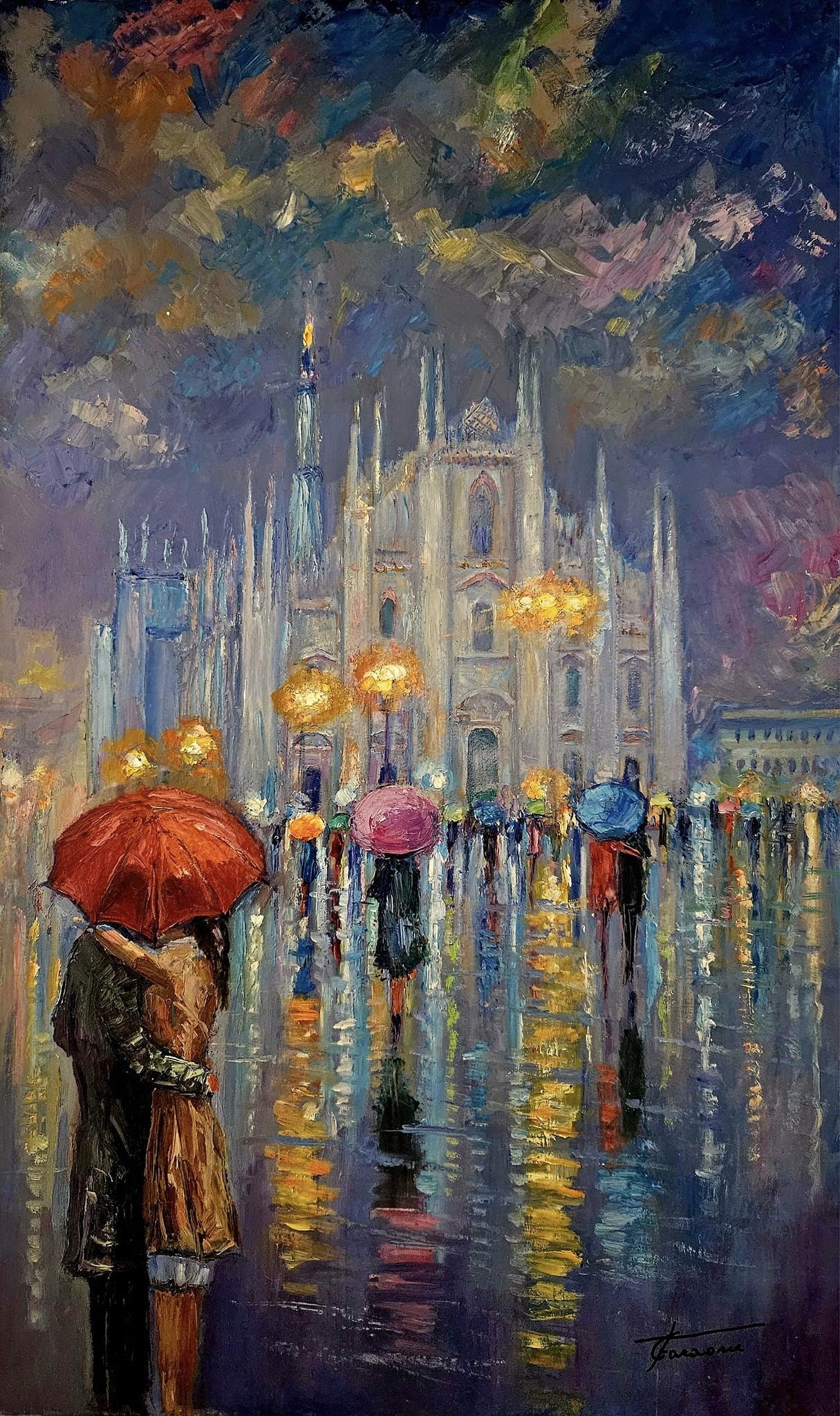Concerning the Spiritual in Art, 1910
Part II: About painting
From the nature of modern harmony, it results that never has there been a time when it was more difficult than it is today to formulate a complete theory, or to lay down a firm artistic basis.
All attempts to do so would have one result, namely, that already cited in the case of Leonardo and his system of little spoons. It would, however, be precipitate to say that there are no basic principles nor firm rules in painting, or that a search for them leads inevitably to academism. Even music has a grammar, which, although modified from time to time, is of continual help and value as a kind of dictionary.
















